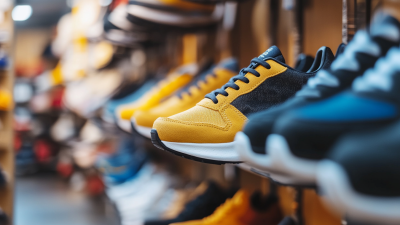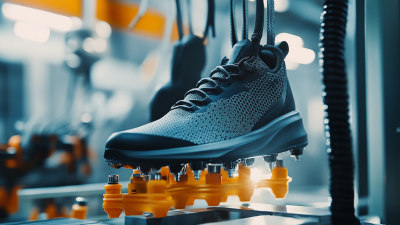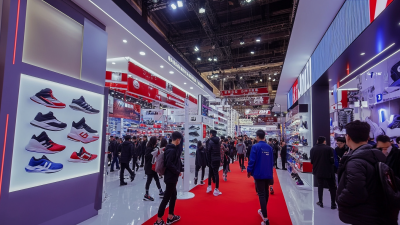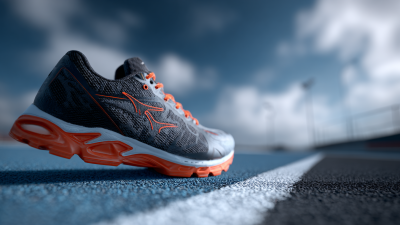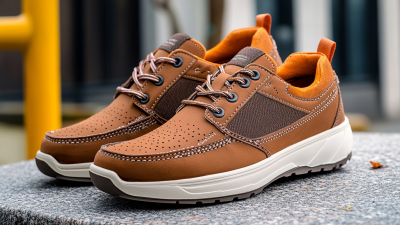
The athletic shoes market is experiencing remarkable growth, projected to reach a staggering $198.9 billion by 2026, according to a recent report by Fortune Business Insights. As consumer preferences shift towards performance-oriented footwear and the rise of sneaker culture continues to flourish, brands must adopt strategic approaches to thrive in this competitive landscape. Key factors driving this growth include the increasing adoption of fitness regimes, the influence of social media on sneaker trends, and the sustained interest in athleisure wear. To stay ahead, companies should focus on innovation, sustainability, and personalized marketing strategies. Understanding these dynamics is essential for any brand aiming to establish a dominant position in the athletic shoes sector.
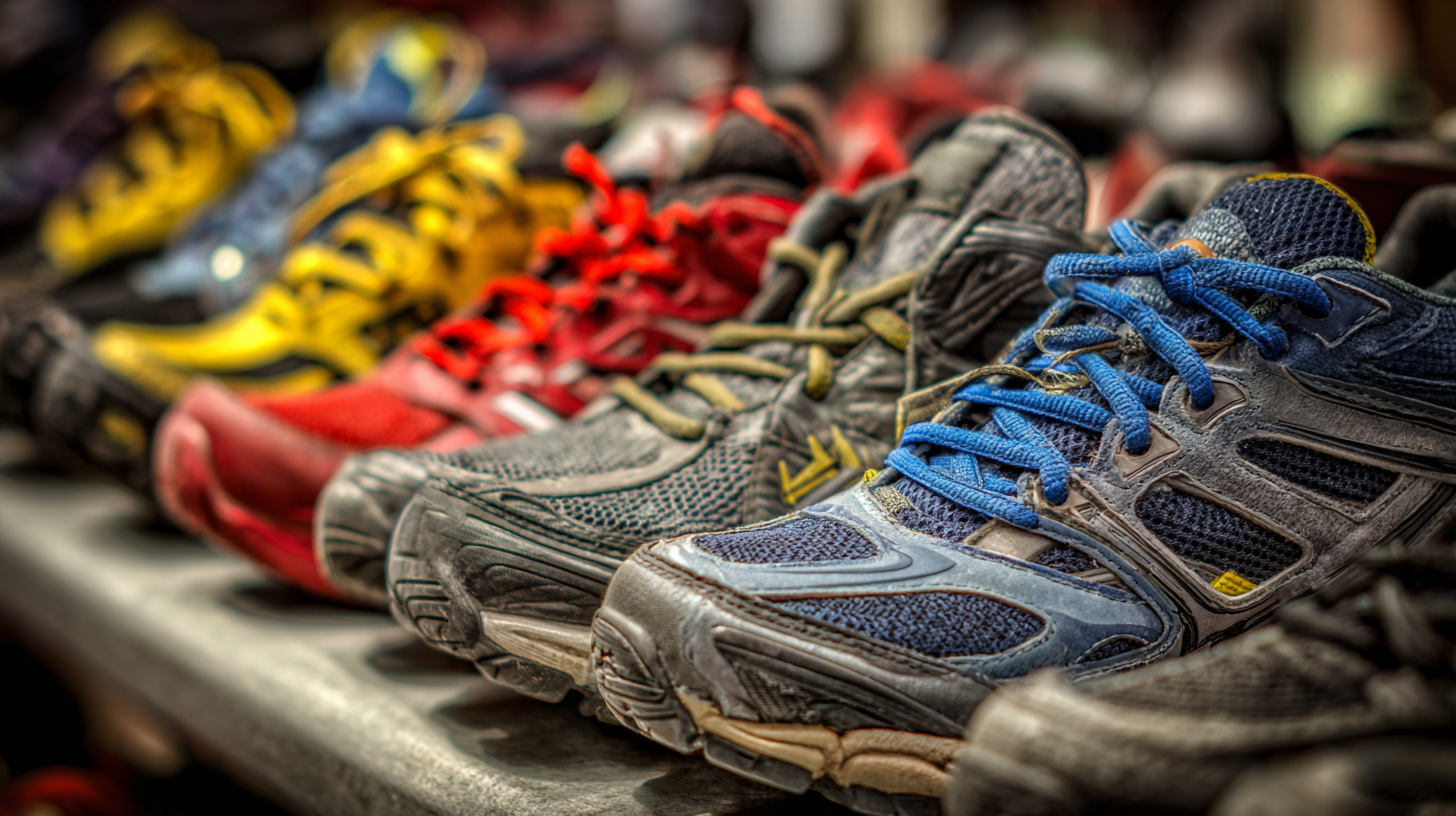
The athletic shoe market is witnessing significant growth, driven by evolving consumer trends and preferences. Recent market research indicates that the global sneaker market is projected to reach approximately USD 96.9 billion by 2025, with expectations to soar to USD 181.3 billion by 2034, marking a remarkable compound annual growth rate (CAGR). This surge highlights the increasing demand for innovative designs and sustainable practices among consumers. Brands must stay attuned to these shifts to remain competitive in this dynamic landscape.
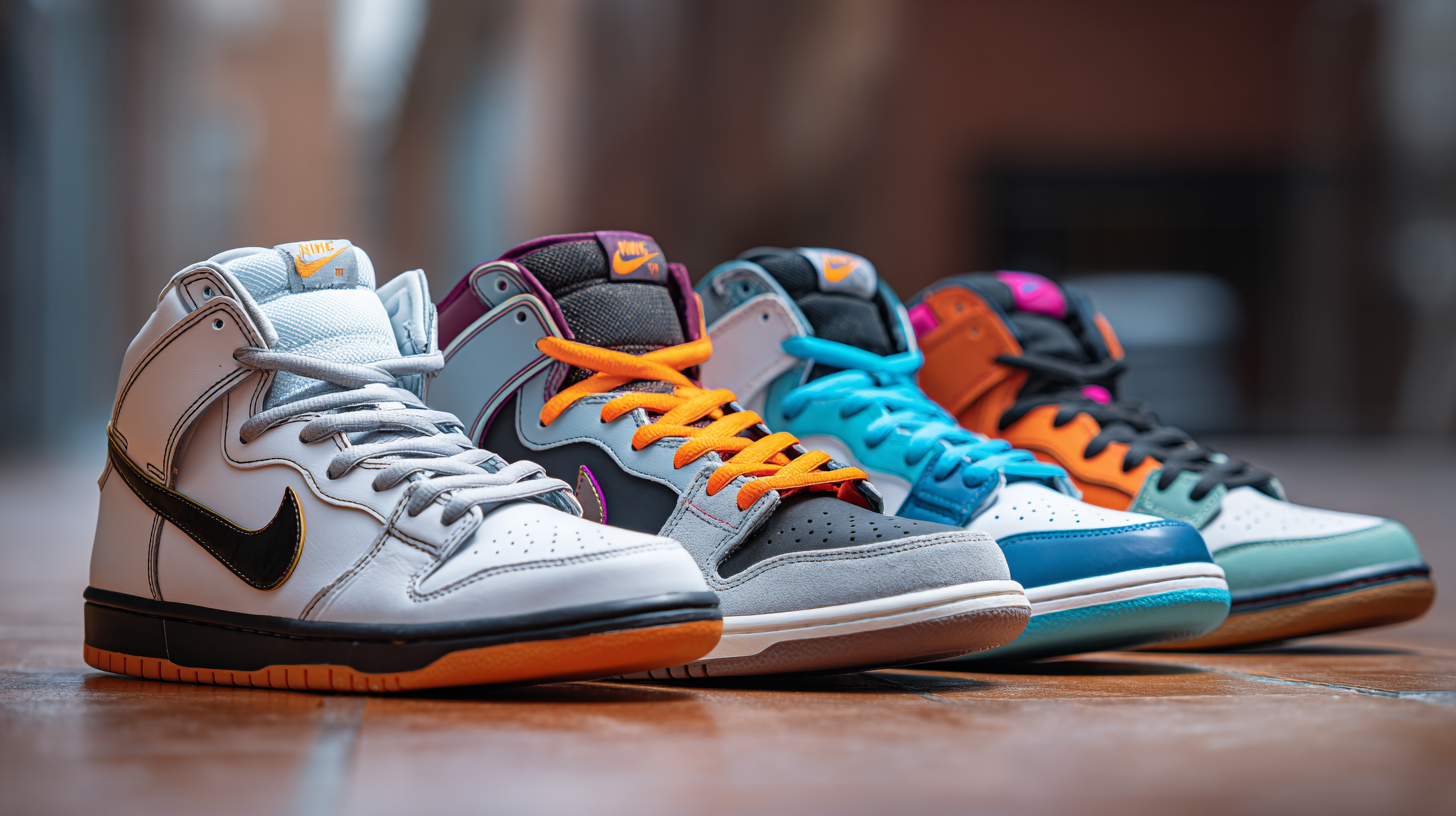
Additionally, niche segments, such as trail running shoes, are also gaining traction, with the market projected to grow from approximately USD 4.11 billion in 2024 to USD 8.14 billion by 2033, at a CAGR of 7.8%. The growing popularity of outdoor activities has prompted athletes and fitness enthusiasts to seek specialized footwear that combines performance with style. By understanding these emerging trends, companies can strategically position themselves to cater to the demands of a diverse consumer base, ultimately dominating the athletic shoes market.
The athletic shoe market is evolving rapidly, driven by innovative technology that enhances product performance and design. According to a report by Grand View Research, the global athletic footwear market size was valued at approximately $84.4 billion in 2020 and is projected to grow at a CAGR of 6.2% from 2021 to 2028. This growth can be attributed to the increasing demand for high-performance footwear, which is often integrated with advanced technologies such as responsive cushioning systems, moisture-wicking materials, and lightweight constructions.
Brands are leveraging technologies like 3D printing and customizable designs to meet the diverse needs of athletes and fitness enthusiasts. A study from ResearchAndMarkets highlights that the 3D-printed footwear segment is expected to witness significant growth, valued at $8.92 billion by 2025. By incorporating innovative features like adaptive fit systems and smart connectivity, companies can not only improve athletic performance but also provide personalized experiences that resonate with consumers. Emphasizing these technological advancements will be crucial for brands looking to differentiate themselves in a competitive landscape.
| Strategy | Description | Technology Used | Market Impact | Example Application |
|---|---|---|---|---|
| 3D Printing | Utilizing 3D printing for rapid prototyping and customization. | Additive Manufacturing | Increased product variety and reduced lead times. | Custom-fit shoes tailored to individual foot shapes. |
| Wearable Technology | Integrating sensors to track performance metrics. | IoT Sensors | Enhanced user engagement and data collection. | Shoes that monitor stride and impact forces. |
| Sustainable Materials | Using eco-friendly materials in manufacturing. | Biodegradable Fabrics | Attracting environmentally conscious consumers. | Shoes made from recycled plastics. |
| Augmented Reality | Enhancing customer experience through virtual try-ons. | AR Apps | Improved customer satisfaction and reduced returns. | Apps allowing users to visualize shoes on their feet. |
| Collaborations with Athletes | Partnering with athletes for product development and promotion. | Data Analytics | Greater credibility and reach in target markets. | Signature shoes designed with input from top athletes. |
In today's fitness-centric culture, engaging today's consumers requires innovative and tailored marketing strategies. According to a recent report by Grand View Research, the global athletic footwear market is expected to reach $95.14 billion by 2025, growing at a compound annual growth rate (CAGR) of 6.3%. This growth is largely driven by the rising popularity of fitness activities and an increased focus on health and wellness. To effectively capture the interest of this target demographic, brands need to harness the power of personalized marketing and community engagement.
One effective strategy is the integration of social media campaigns that resonate with fitness enthusiasts. A study from Statista indicates that over 70% of consumers rely on social media for product recommendations. Athletic shoe brands can leverage influencers and user-generated content to create authentic connections with their audience, showcasing real-life applications of their products in various fitness environments. Moreover, implementing loyalty programs that reward active consumers for their purchases can foster a sense of community and encourage repeat business, thus solidifying brand loyalty in a saturated market.
As the athletic footwear market grows increasingly competitive, sustainability has emerged as a critical focus. The demand for eco-friendly athletic shoes has surged, driven by consumer awareness of climate change and the environmental impact of fast fashion. Industry reports indicate that nearly 70% of consumers are willing to pay more for sustainable products, highlighting a significant shift in purchasing behaviors. Brands that incorporate sustainable practices into their production processes are not only catering to this demand but also setting themselves apart in a crowded marketplace.
Taking steps toward sustainability, innovative brands are utilizing recycled fabrics and bio-based materials, adopting upcycling strategies to minimize waste. Recent insights from industry experts show that the market for sustainable footwear is projected to reach $100 billion by 2025, reflecting the growing importance of eco-conscious footwear options. As more companies strive to provide stylish yet sustainable choices, transparency in sourcing and production becomes key. However, vigilance is necessary; the prevalence of greenwashing among some fast-fashion brands complicates the landscape, as they often mislead consumers about the true sustainability of their products. In response, informed consumers are increasingly turning to brands that genuinely prioritize eco-friendly practices, pushing the entire industry toward sustainable excellence.
In 2023, the athletic shoes market continues to be highly competitive, with several key players striving for dominance. To succeed in this landscape, companies need to conduct thorough competitive analysis. Understanding the strengths and weaknesses of both established and emerging brands provides valuable insights into market dynamics and consumer preferences. This knowledge can be leveraged to identify potential market opportunities.
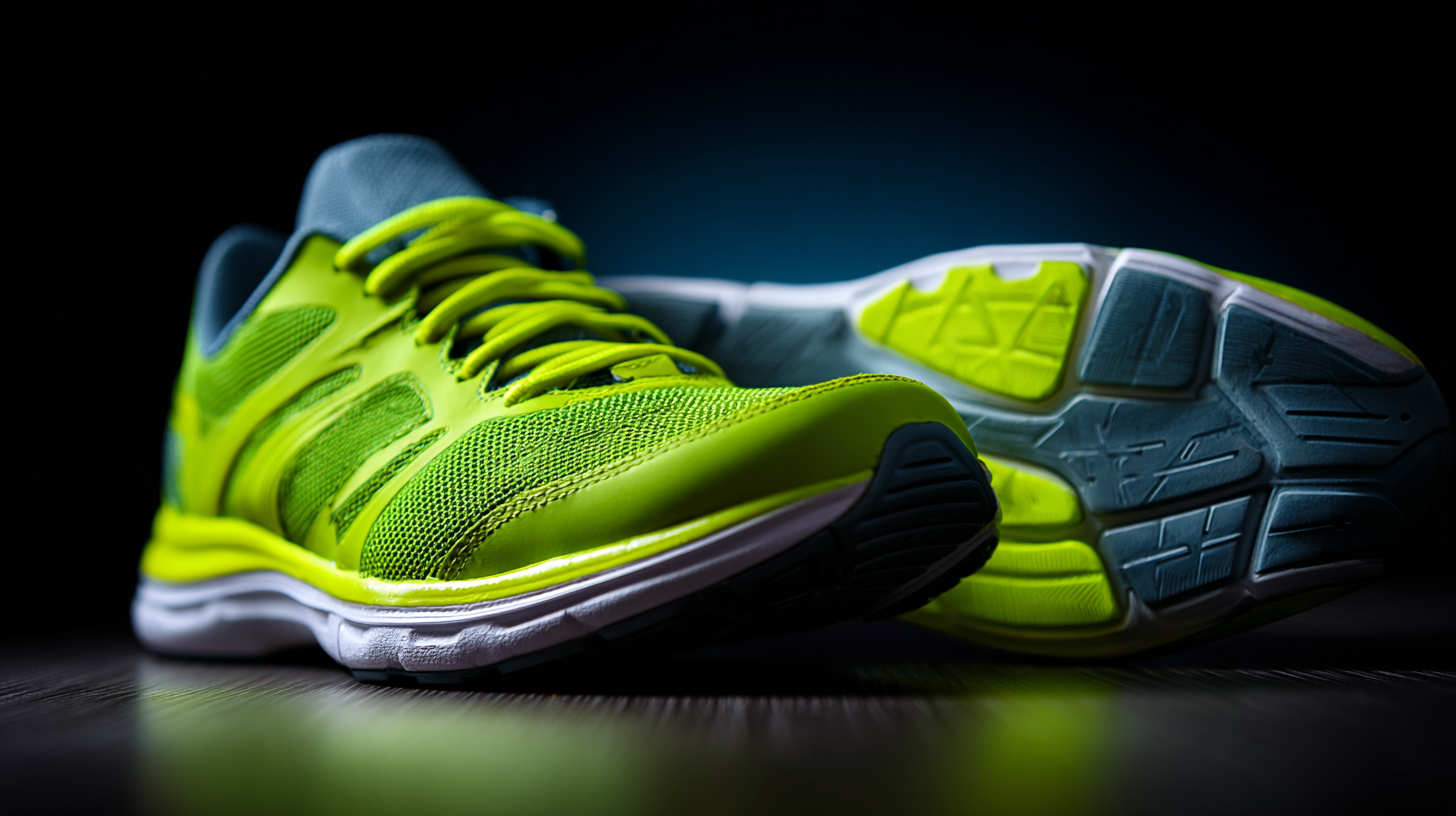
Tips for businesses looking to thrive include focusing on innovation. Companies should invest in R&D to create unique designs and utilize sustainable materials. Moreover, effective marketing strategies tailored to specific demographics can significantly enhance brand visibility and consumer engagement. Collaborating with influencers and athletes can also help brands tap into new customer segments, amplifying their reach beyond traditional advertising avenues.
Another important strategy is to embrace digital transformation. Enhancing online shopping experiences through advanced e-commerce platforms and dedicated mobile applications caters to the growing trend of online retail, especially among younger consumers. Utilizing data analytics can further refine targeting efforts, ensuring that marketing campaigns resonate with the right audience at the right time.
